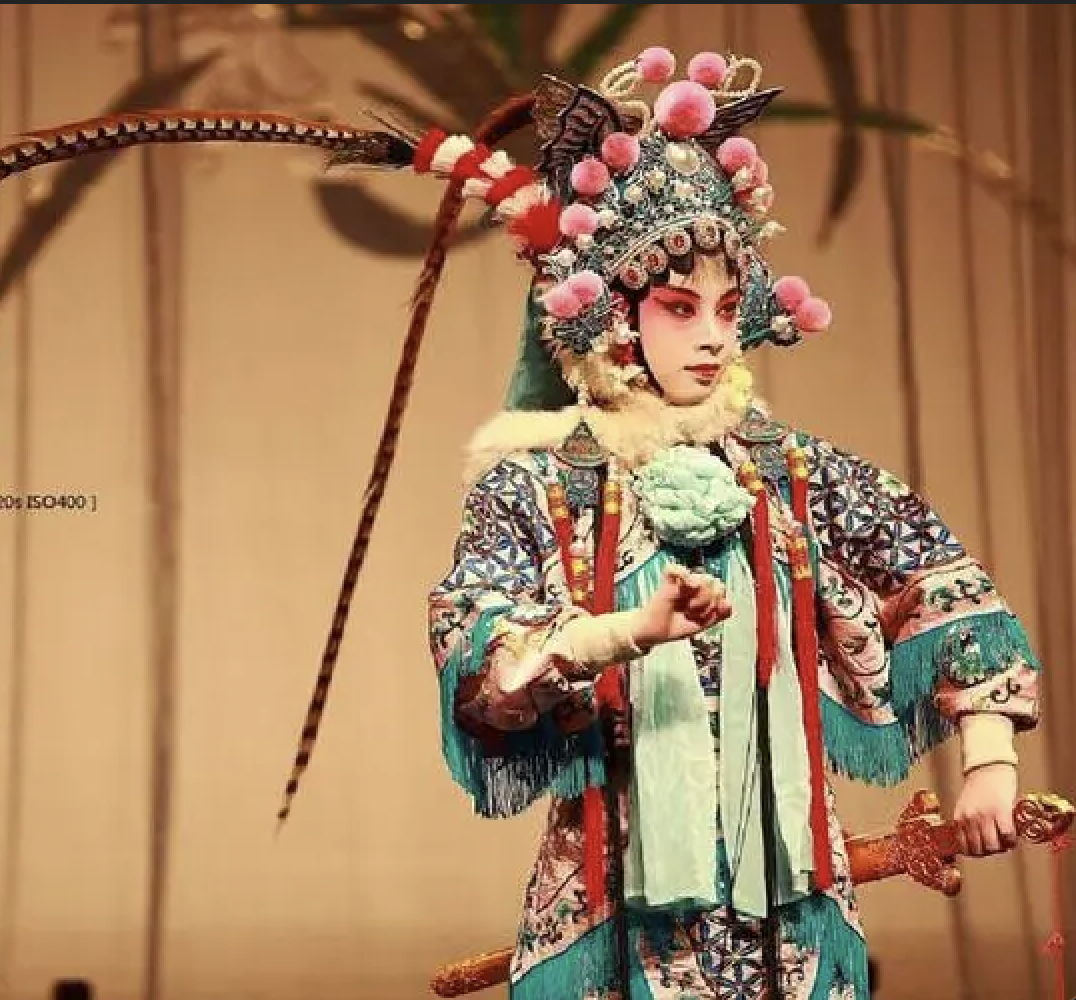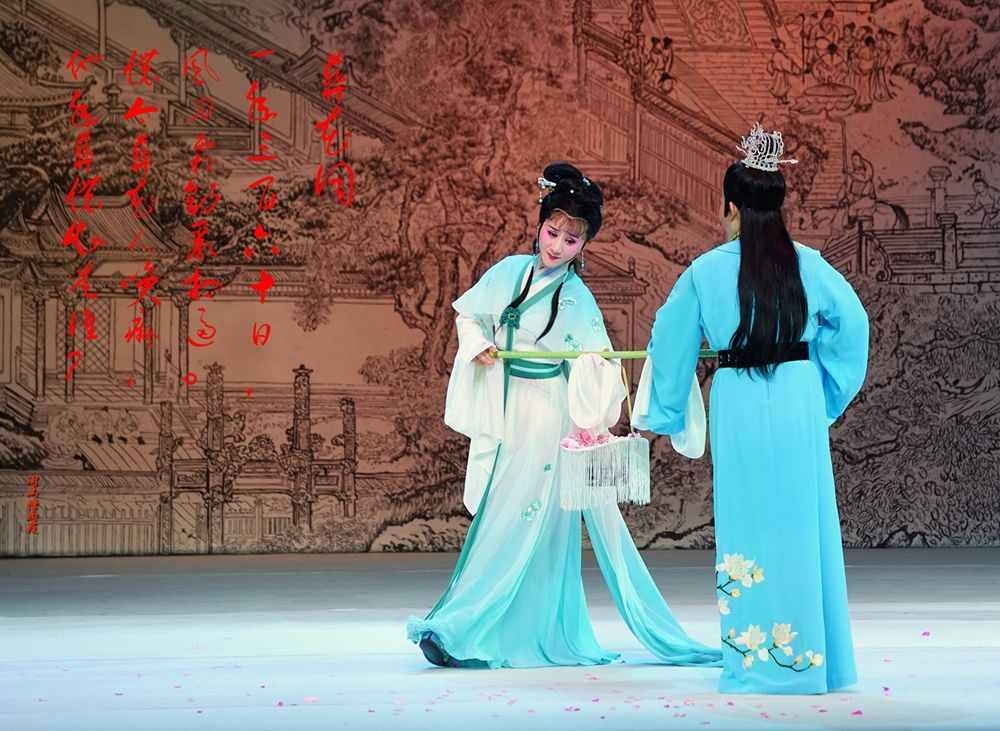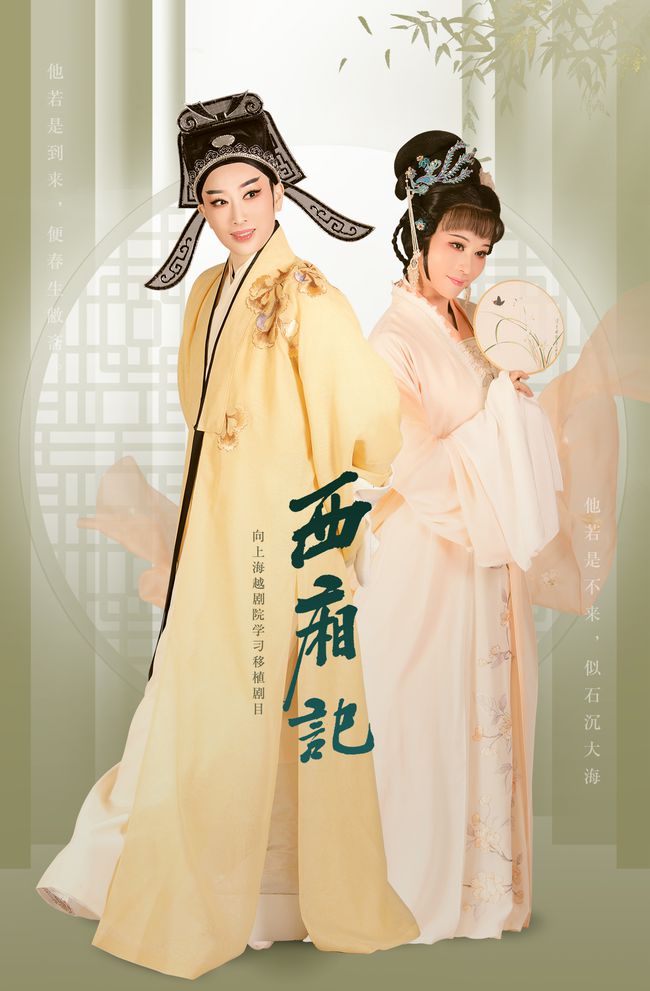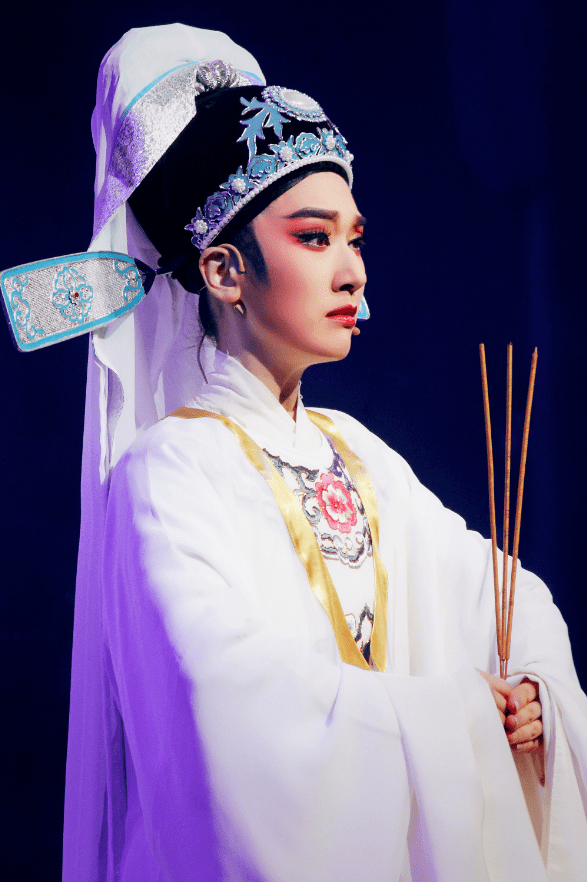Peking Opera


Peking opera, or Beijing opera (Chinese: 京剧; pinyin: Jīngjù), is the most dominant form of Chinese opera, which combines music, vocal performance, mime, dance, and acrobatics. It arose in Beijing in the mid-Qing dynasty (1644-1912) and became fully developed and recognized by the mid-19th century. The form was extremely popular in the Qing court and has come to be regarded as one of the cultural treasures of China. Major performance troupes are based in Beijing, Tianjin, and Shanghai. The art form is also preserved in Taiwan, where it is also known as Guójù (Chinese: 国剧; lit. 'National opera').
Kunqu Opera


Kunqu (Chinese: 昆曲), also known as Kunju (昆剧), K'un-ch'ü, Kun opera, or Kunqu Opera, is one of the oldest extant forms of Chinese opera. It evolved from a music style local to Kunshan, part of the Wu cultural area, and later came to dominate Chinese theater from the 16th to the 18th centuries. It has been listed as one of the Masterpieces of the Oral and Intangible Heritage of Humanity by UNESCO.Wei Liangfu refined the musical style of kunqu, and it gained widespread popularity when Liang Chenyu used the style in his drama Huansha ji (Washing Silk). In 2006, it was listed on the first national intangible cultural heritage list. In 2008, it was included in the List of Representative Works of Intangible Cultural Heritage of Humanity. In December 2018, the General Office of the Ministry of Education announced that Peking University is the base for inheriting excellent traditional Chinese culture in Kunqu.
Sichuan Opera

Sichuan opera (Chinese: 川剧; Sichuanese pinyin: Chuānjù) is a type of Chinese opera originating in China's Sichuan province around 1700.
Today's Sichuan opera is a relatively recent synthesis of 5 historic melodic styles. Regionally Chengdu remains to be the main home of Sichuan opera,
while other influential locales include Chongqing, Guizhou, Yunnan, Hubei and Taiwan.
Sichuan Opera was listed in the first batch of 518 national intangible cultural heritage list announced on May 20, 2006.


Yue Opera


Yue opera (Chinese: 越剧; pinyin: Yuèjù), also known as Shaoxing opera, is a popular Chinese opera genre. Only Peking opera is considered more popular nationwide. Originating in Shengzhou, Shaoxing, Zhejiang Province in 1906, Yue opera features actresses in male roles as well as femininity in terms of singing, performing, and staging. Despite its rural origin, it has found a second home in Shanghai, China's most affluent city, where it managed to out-compete both Peking opera and the native Shanghai opera. As Yue opera is performed in a variant of Wu, it is most popular in Wu-speaking areas including southern Jiangsu, Zhejiang and Shanghai. In addition, the opera also has a sizeable following in Hong Kong due to Shanghainese migration to the city. Like its performers, Yue opera fans are mainly women, resulting in a disproportionate number of love stories in its repertoire and very little acrobatic fighting.
